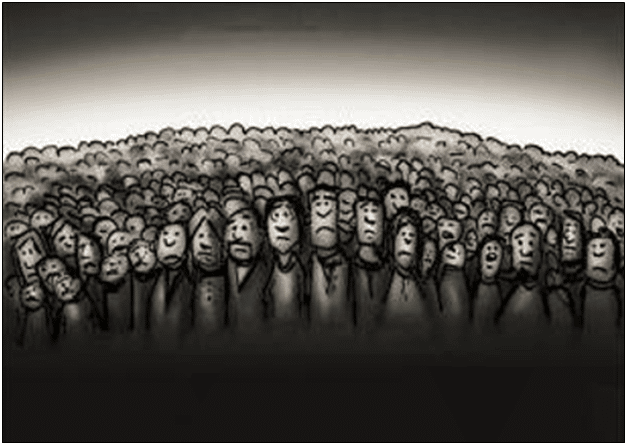Labor markets appeared buoyed by still-working Baby Boomers in September as the unemployment rate remained unchanged at 3.8 percent, with 296,000 seniors finding jobs in the Bureau of Labor Statistics’ household survey.
With more than 11.1 million seniors still working — a national record — peak employment still abounds, even as a massive 47.21 million seniors are no longer in the labor force — also a record — amid the Baby Boomer retirement wave that has seen those 65-years-old-and-older not in the labor force have increased about 19 million the past 25 years.
The ensuing labor shortages — currently 9.6 million job openings compared to under 5 million before the dotcom bubble popped at the turn of the century — and resulting productivity displacement have defined American economic life for some years now, with a dramatic, generational realignment occurring at breakneck speed.
And those shortages have led to a hiring surge among seniors, whose labor participation rate rose to 19.5 percent, still not above its Feb. 2020 peak of 20.8 percent when Covid struck. Senior labor participation cratered during the pandemic to 18.3 percent by July 2021 before rebounding, revealing potential further elasticity in labor markets now stretched by sticky 3.7 percent inflation the past twelve months.
A good question is how much further labor markets will be able to expand versus American households being taxed by inflation, and eventually curtailing spending as the economy overheats. When the latter occurs, usually that’s when unemployment will rise, as it has from 3.4 percent in April to its current 3.8 percent.
But so far, the Federal Reserve only projects unemployment to peak at just 4.1 percent in 2024 as inflation cools, a much shallower downturn than those experienced in either 2009 or 2020, which both saw millions of jobs lost in dramatic recessions.
A further shock could occur, but so far, labor markets appear more receptive to the labor shortages than in U.S. households being incapacitated by spiraling expenditures.
A hidden element are spiraling Social Security expenditures for retiring seniors, set to increase from $1.3 trillion annually in 2023 to $2 trillion by 2030, according to the White House Office of Management and Budget, which will boost aggregate demand.
In turn, the further retirement wave could lead to even more labor shortages, production shortfalls and therefore inflation after the last of the Baby Boomers simply become too old to work.
Not unlike the 1970s and early 1980s, the sticky inflation could become akin to glue holding the economy back in the near term. But eventually, when the population declines as Baby Boomers pass away, could lead to deflationary forces as housing shortages gives way and suddenly become housing surpluses and demand eventually falls, similar to the demographic declines experienced in Europe and Japan.
For now, though, the aging workforce still has a little room to grow — but not much.
Robert Romano is the Vice President of Public Policy at Americans for Limited Government Foundation.








